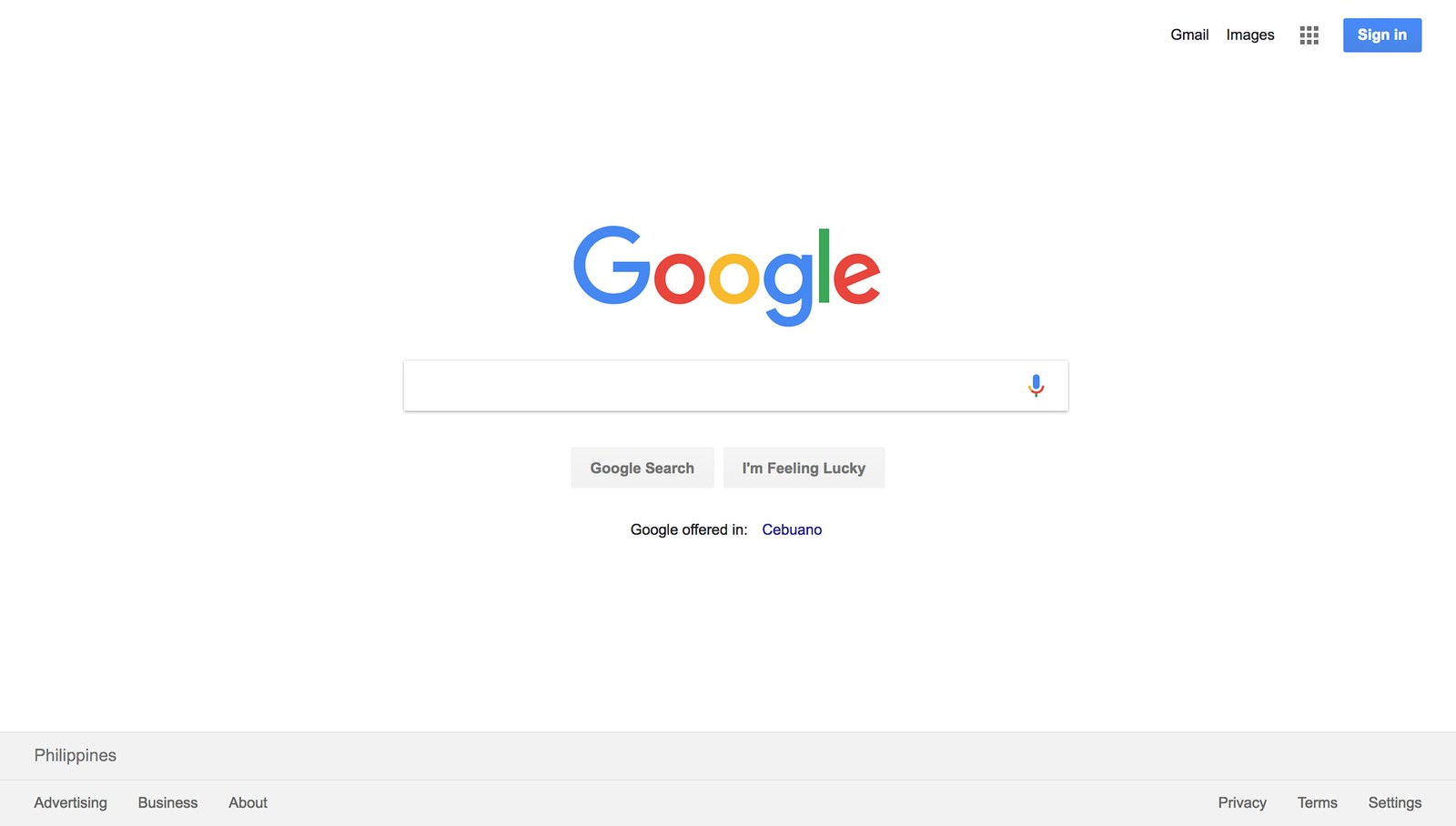Admittedly in the design industry, there are lots of terms being used to call design artifacts (not to mention their combos)—flowcharts, wireframes, wireflows, comps, FAs, and prototypes.
A prototype is not an artifact per se but what we make of an artifact. It cuts across disciplines and stages in the design process because of its purpose—to foster innovation, collaboration, and creativity by presenting and testing it to a relevant audience.
A set of wireframes designed to communicate a specific functionality is a prototype. Even a flowchart that communicates the flow of tasks is a prototype.
Recently, I’ve come across the term “Click–Through Prototypes” which also is “Interactive Prototypes”—the ones wherein the test participant could click on specific elements and be taken to the next interaction point.
I knew it from decades ago as “image–mapping” or putting “hot spots” in elements we want to be clickable.

